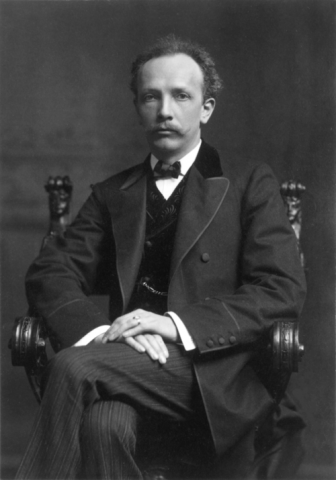You are here
The Poetry of Life and Death
As winter is considered the season of decay and dormancy, there is no better time to hear Richard Strauss’ Four Last Songs (Vier Letzte Lieder), which beautifully confronts the theme of death. It is soprano Michelle Areyzaga’s first time performing the piece.
Written in 1948, near the end of Strauss’ life (he died in 1949 at age 85, some eight months before the premiere), the piece is based on the poems of Hermann Hesse and Joseph von Eichendorff. The poems are: “Spring” (“Frühling”), “September” and “Going to Sleep” (“Beim Schlafengehen”) by Hesse, and “At Sunset” (“Im Abendrot”), by von Eichendorff.
A lover of the soprano voice, Strauss was also married to a soprano: Pauline De Ahna, who was Strauss’ muse throughout his life. She died only nine days before the premiere in which the songs were warmly received. The songs were completed between May and September 1948, while Strauss and De Ahna were living in Switzerland. The couple had moved there to escape the deprivation of post-war Germany.
While Strauss, the most famous composer of his time, may have had his own mortality in mind when he wrote Four Last Songs, as an artist he also was preoccupied with the larger questions of life and death. He quotes his "transfiguration" theme from Death and Transfiguration, a symphonic poem that he wrote in his 20s, in the last song, “At Sunset.” ESO attendees who are careful observers may see a connection between the art on the concert program and the last song. There is a reference to two birds (“Two larks soar upwards dreamily into the light air. Come close, and let them fly”), which appear on our program cover.
Also on the February program are Johannes Brahms’ master work, Symphony No. 3 in F Major, Op 90, and Richard Wagner’s Overture to Tannhaüser. The concert will be held at 2:30 p.m. on Sunday, Feb. 1 at Pick-Staiger Hall in Evanston. For ticket and more information call 847-864-8804 or visit evanstonsymphony.org.

Richard Strauss